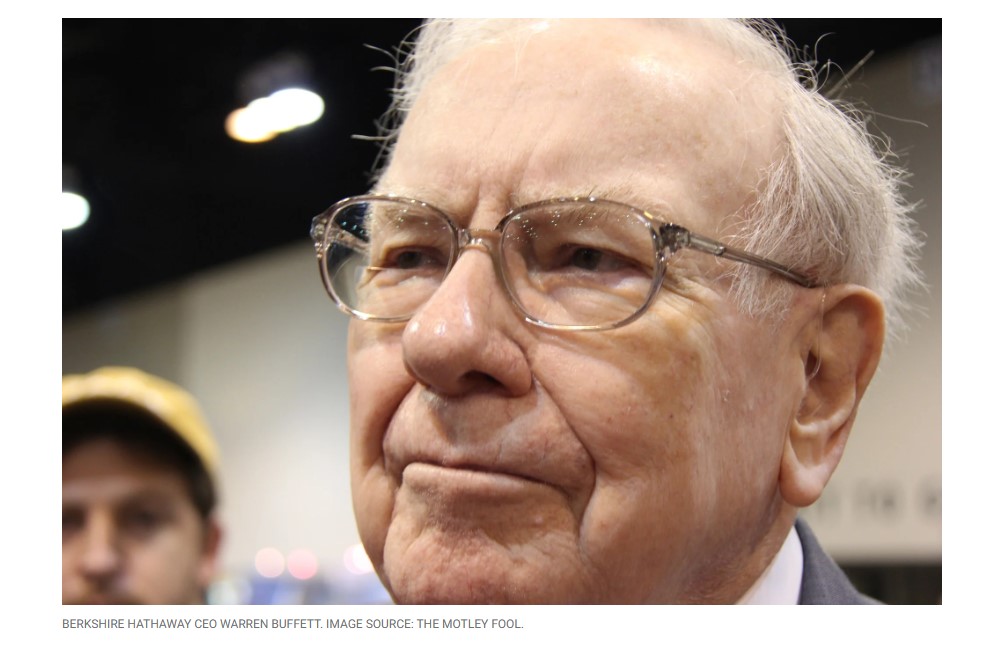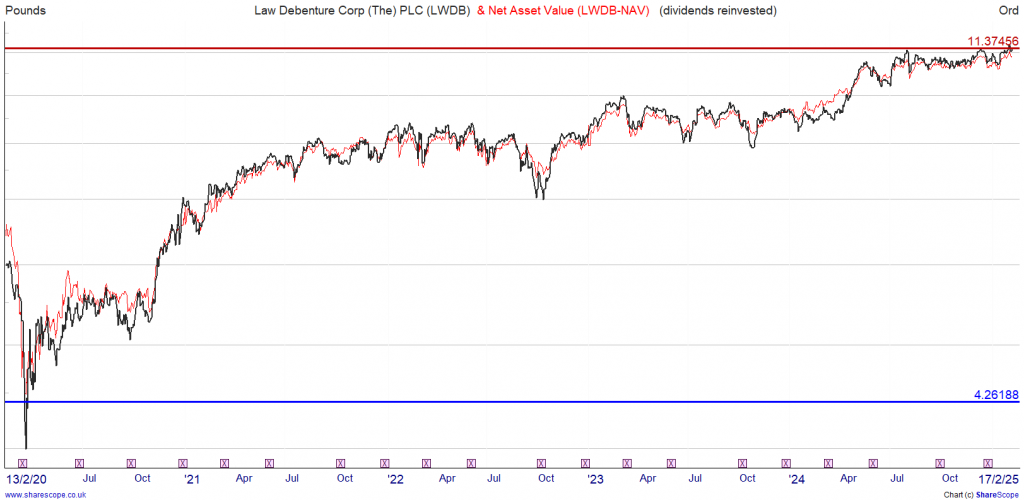Compounding is ‘the eighth wonder of the world’: How to unleash its awesome saving and investing power
Story by Tom Stevenson
Albert Einstein called compounding the eighth wonder of the world. The famous economist John Maynard Keynes marvelled at ‘the awesome power of compound interest’.
Compounding is the addition, repeatedly, of interest to the principal of a deposit or a loan. It describes what happens when you earn interest on both the money you have initially put aside plus the interest you have already earned on that starting amount. Here’s how it works.
Imagine you save £100 in a bank account and you earn 10 per cent interest on that money (I know, it’s been many years since this has actually happened but bear with the illustration).
After one year your account will hold £110 (£10 of interest plus £100 capital, or 0.1 x 100 = £10 + £100).
Start saving young: Are you Prudence or Extravaganza when it comes to handling your finances? Find out below…
Now imagine that you leave the accumulated capital in the account and it again earns 10 per cent interest. By the end of the second year you will have £121 (£11 of interest plus £110 of starting capital, or 0.1 x 110 = £11 + £110).
See how the amount of interest grows because the same percentage is applied to a greater starting amount.
Do this year after year for, say, 20 or 30 years and something magical happens.
The numbers start to grow exponentially so that after a while the amount of interest you earn begins to dwarf the initial amount that you were able to save. The important factor here is time. It is the key component of compounding and the reason why everyone should start to save as soon as they can – preferably several years ago!
Tom Stevenson
Tom Stevenson is investment director at Fidelity International.
The tale of Prudence and Extravaganza
I like to tell the story of two sisters. One starts putting aside a modest amount when she is just 18 years old.
She’s called Prudence, obviously. Saving £20 a week gives her £1,000 a year.
By the time Prudence is 38 she has accumulated £63,000 and now the extra £1,000 a year of saving starts to become irrelevant.
What matters now is the compounding of the 10 per cent growth and interest on the ever rising amount of her savings. By the time she is 60, she has accumulated a little over £500,000 even if she stops saving completely at the age of 38.
Now Prudence’s sister (I call her Extravaganza for obvious reasons) laughs at her careful sister and spends the 20 years from 18 to 38 enjoying herself and spending all her money. She’s not alone; for most of us there are plenty of other calls on our money in our 20s and 30s.
But aged 38 she sees how much Prudence has put aside and she thinks she would like to match her. She too starts saving £20 a week and earns the same 10 per cent as her sister.
But here’s the rub. Because she starts later and doesn’t benefit from the miraculous ingredient of time, she never catches her sister up.
When they are both 60, Extravaganza has accumulated just £80,000 compared with her sister’s half a million. And with every year that passes their fortunes diverge even further. (See how the sisters’ fortunes diverge in more detail below.)
Use our compound saving and investing calculator
It’s helpful to learn how to work out compound interest for yourself. But once you’ve grasped the essentials, there’s no need to go through this laborious process every time, writes This is Money.
Our monthly and lump sum saving and investing calculator does the task for you.
Our calculator assumes interest is calculated and compounded monthly.
But you can find other online calculators that do it annually, as in the example above.
The rule of 72
So compounding is a powerful force. How do you work out how it might work for you ? Fortunately, there is a very simple rule of thumb to help you calculate compound interest. It’s called the Rule of 72. This is how it works.
Take the interest rate you expect to earn and divide it into 72 – the answer is the number of years it will take you to double your money. So at 6 per cent a year it will take you 12 years to double your money. A 3 per cent return will take 24 years. At 12 per cent it will only take six years.
One last point. Compounding works in reverse too. If rather than applying an interest rate to a deposit you are applying compound interest to a loan without either paying down the capital or servicing the interest, the amount outstanding will grow and grow.
Prudence and Extravaganza: How much will each have to retire on?
Even though Prudence saves for 20 years and Extravanganza for 30, Prudence still ends up with considerably more by the time they reach the age of 68
££££££££££££££££££
Albert Einstein called compounding the eighth wonder of the world, or he didn’t.








